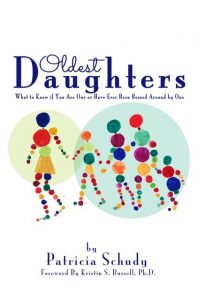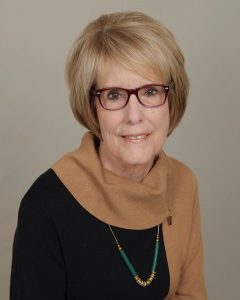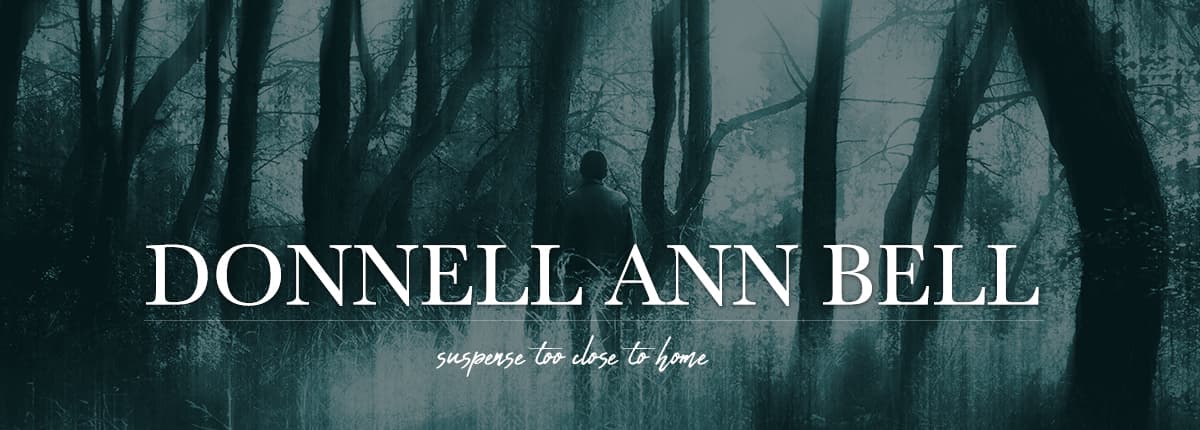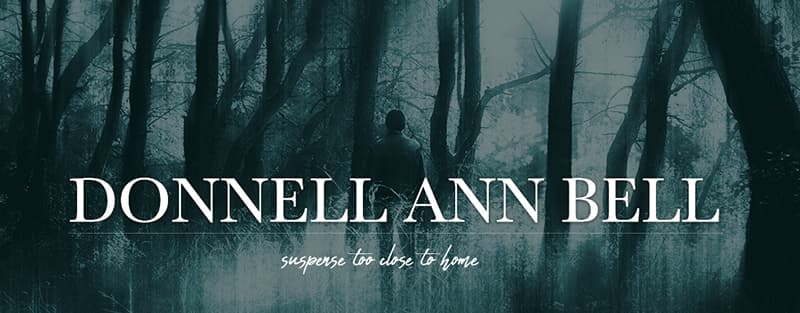
Friends, today my guest is the delightful Patricia Schudy, Author of Oldest Daughters. I’ve always been intrigued by by birth order, and I’m particularly intrigued because I am an oldest daughter. Want to know more? Read on.
By: Patricia Schudy
“Who am I? Ah, that’s the great question,” pondered the girl who’d just fallen down a rabbit hole.
***
I’m right there with you, Alice. My own tale-chasing adventure also began unexpectedly. Over breakfast at a neighborhood deli. With a long-time friend and author. To our mutual surprise, we discovered we are both our families’ oldest child/oldest daughter.
Like coffee from the pot of our distracted waitress, stories about our first-child/oldest-daughter experiences poured out and spilled over for the next two hours. We commiserated and identified with each other’s stories. We even laughingly proposed forming an Oldest Daughters Anonymous.
In thinking back over the morning’s conversation, I realized that many of the stories we’d shared weren’t about growing-up experiences. Rather, we’d discussed what was going on now with our siblings or spouses. That link between birth-order position and adult family relationships intrigued me. It set me on a mission to find out if/how other adult lives are affected by the oldest-daughter dynamic.
I read existing opinions about birth order. Prime —Oldest children are the most likely to become leaders. I also discovered that much of the data was based on firstborns. With no gender specificity. What about oldest daughters?
I decided to seek input from real-life experts. Those who live as or with an oldest daughter.
My M.O.
I created an online, anonymous survey, circulated only by emails. Several hundred self-identified oldest daughters, siblings and spouses responded. Individuals of every ethnicity from five continents and in age groups from eighteen to eighty. Anyone who would like to take part in a follow-up phone interview was invited to provide contact info. I subsequently conducted more than 100 in-depth interviews. They revealed facets of family relationships often not readily evident. These are at the heart of the ten chapters of Oldest Daughters: What to know if you are one or have ever been bossed around by one.

The first five chapters explore oldest-daughter stereotypes. Different. Born to Lead. Brought up to Boss. Little Mothers. Response-ability.
Chapter six, Siblingspeak, is without author commentary. The seventh, Ties that Bind, unveils spousal points of view. Chapter 8, Across Borders, discloses the universality of this birth-order phenomenon.
As I conducted the interviews, I frequently detected a need—even a yearning—to strengthen or mend family relationships. This realization became the basis for chapter 9, Change, please. Which led to the final chapter, Selfies.
Each chapter begins with an anecdote from my own life. Over the course of the book, these narratives provide an initially unplanned character arc of the author.
Excerpt: Chapter 1, Different
The first time I realized that being an oldest daughter meant I was somehow different, I was about eight years old.
My parents, my two younger sisters and I had gone to my grandmother’s bungalow for Sunday afternoon dinner. Before we’d had dessert my father took me into the kitchen. On a counter next to the linoleum-topped drainboard sat a small, white-frosted, chocolate cake. My father told me to cut six pieces. My inexperienced hand left no two pieces the same size. That’s when (my) education as the oldest daughter began.
“Take this piece, it’s the biggest, and give it to your grandmother… Now, take this one, it’s the next biggest, give it to your mother…. Now, take this one and give it…etc. until everyone in the next room had a piece. I remember thinking as he was going down the family line, “Hey, where do I come in?”
I came in last and (you guessed it) got the remaining, smallest piece.
I sensed that my dad was trying to teach me an important lesson—not to grab the best for myself. I don’t know if he also meant to leave me with the sense that others’ needs and wants came before mine. But that’s what slipped through to me. Recently I asked my younger siblings if my father had ever repeated this experience for their benefit. They can’t remember any such lesson. In his mind, I was different. I was to be the role model for my siblings.
Excerpt from Chapter 10, Selfies. Book End
I was especially, silently hoping my family would gain more empathy for what I felt had been expected of me. But somewhere along the interview road that I walked to write this book, one shoe slipped onto the other foot. I came to understand what it’s like to have an oldest daughter for a sibling or spouse. I discovered that resentment and appreciation exist on both sides of the sibling fence. I learned to see myself in the eyes of those closest to me. As the poet Robert Frost noted, “And that has made all the difference.”
I have become keenly sensitive to the value of family relationships and what goes into making or breaking them.”
The cover of the book joyfully illustrates the message of the book. An oldest daughter connected to her family while at the same time forging her own path. The oldest daughter figure has become my personal icon. ![]()
In writing this book my belief has been strengthened that while birth order is a fact, it does not have to be a fate. I choose to believe that my destiny is as a writer. Everywhere, always, I see or imagine stories I want to write. Almost always about relationships. Within families. Between corporations and communities. Even in the world of politics.
For more than three decades these stories appeared under my byline in newspapers and magazines and in a nationally syndicated advice column for young people. I would have described myself then as a reporter, writing non-fiction accounts of the human condition. Their realities eventually induced me to take a hiatus from journalism and focus on community activism. But within a few years, I could no longer resist the Siren’s call to write again. Result: the book about oldest daughters.
What I learned from writing that book is now forcing me to recognize what has been long overlooked. All of us bring personal baggage with hidden secret pockets to whatever we choose to do in life. As writers, unless we heed Socrates, our unexamined lives may cause us to miss what otherwise could enhance our stories. How our own birth-order position and consequent relationships influence what genre we choose, what kind of characters and backstories we create, whose Point of View we put forth.
In my case, a family tale cloaked in shame has been lurking for decades within the dark interior of my skull. Slithering between prefrontal lobe and hippocampus, it has finally found a long-abandoned escape route: Fiction!
I am writing a suspense mystery set in two centuries. Among the cast of characters—an oldest daughter, a journalist and two young victims. A story about relationships, of course, with twists of birth-order motivation.
And what about you? Are you an oldest daughter? Or a sibling? How has your birth-order position impacted your crime/suspense writing? Have you ever intentionally created an oldest-daughter character?

About the Author: Patricia Schudy left the Kansas City area in 2013 for the Front Range of Colorado, with her (now late) husband. In an abundance of Covil-19 precautions, she’s temporarily at home on the Western Slope with one of her five children. The author blogs at www.oldestdaughter.com, and escapes writer’s block through photography and cookie making. Her first book, Oldest Daughters: What to know if you are one or have ever been bossed around by one, is available upon request at select and indie book stores and in print and ebook at amazon.com.











Patricia, I’m fascinated. I am the middle child in our family and the oldest daughter. I am the truce maker, the giver and taker. I love that you say we can rise above the stereotypes. I’m curious if we can still take your survey.
I ended the survey, conducted by Survey Monkey, with the publication of the book. If I decide in the future to do a second edition, I may well initiate a second survey. In the meantime Appendix II at the back of the OLDEST DAUGHTER book, gives “Snapshots” of the survey, including pertinent questions. You might enjoy seeing how you would answer those!
I would indeed. I’ll check it out. Thank you for being my guest today.
Hi, Patricia and Donnell. I am the oldest daughter. My coloring resembled my mother and my three sisters were blonde, 5’4″, and blue eyed. So, I felt oddly different. We played together, but harder to with my youngest sister as she is six years behind me. I do believe my parents were harder on me than my sisters.
Ah, interesting, Vicki. Thanks for stopping by and sharing.
Interesting! Thanks, Patricia and Donnell. I’m the eldest of seven, and I’ve had mixed feelings about the whole thing. I was close to my father, and I believe my mother came to resent that–and I bear a striking resemblance to her. My dad wanted me “to set an example,” which got to be a drag, but I tried. I ended up taking care of him at the end and writing a memoir about the experience–I had two young ones at home at the time. It was a roller coaster of high family drama, and I found out a lot about my sibs when he said he wanted to come live with us. I wouldn’t trade it, it was a lot of fun and adventure, but I wish I knew then what I know now. We live and learn, and then write about it.
Nancy, thanks for stopping by. What would we do without our writing. We are our own best therapists.
Hi, Nancy–Thank you for sharing. You may find the following interesting, given your experiences. Oldest daughters are often expected to be — and in fact often function as — “little mothers” when they are growing up. However, once oldest daughters reach adulthood, we tend to identify most often with our fathers. I was told that while I was researching and then personally observed it in the interviews I conducted.
Vicki, your bellief that your parents were harder on you than on your sisters is shared not only by the oldest daughters who took my survey, but aso by siblings and even spouses. Your are definitely not alone!
Patricia, so nice to see you here!
As the oldest daughter, I surprise myself that at my age I sill consider how to respond to my younger sister by asking myself what my mother would want.
Continued success!
Terrific essay, Pat! I have read your book more than once and as an oldest daughter who birthed an oldest daughter, I am very aware of the wisdom and very readable anecdotes contained in your book
Peg, all I can say is “me, too.” And that has nothing to do with # the current movement. It’s me, too, wondering what my mother would think about a particular situation. I so enjoy hearing that others continue– years later–to have “oldest daughter” moments.
Peg–me, too — and I’m not referring to the current hashtag. I, too, these years later, often wonder what my mother would have thought about a particular situation involving me as her oldest daughter.
Barb — As an author, what a nice thing to hear–that you found my book worth reading more than once Thank you!
Pat. I enjoyed your blog and the comments about it,and I hope you know already how much I admire you and cherish our friendship. Thanks for sharing what means so much to you.